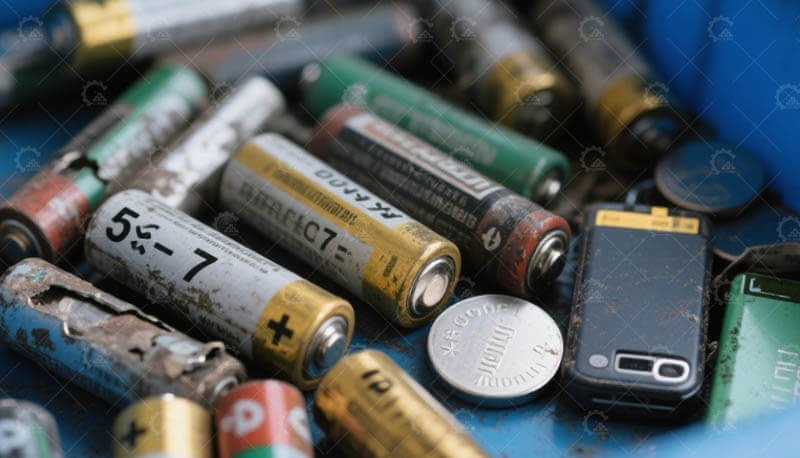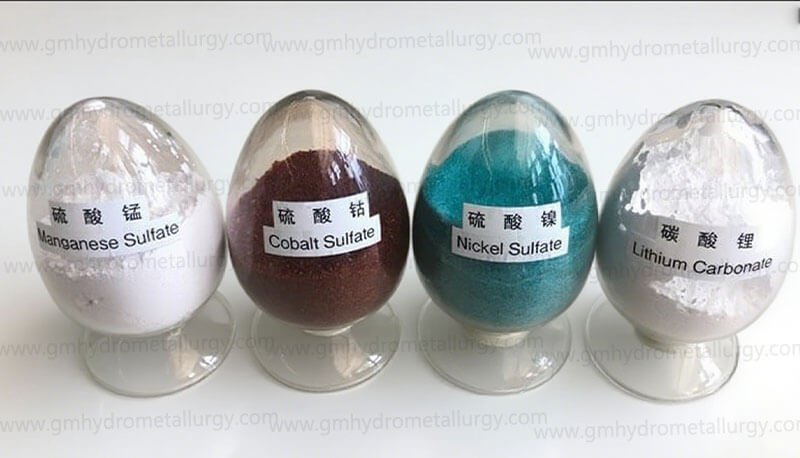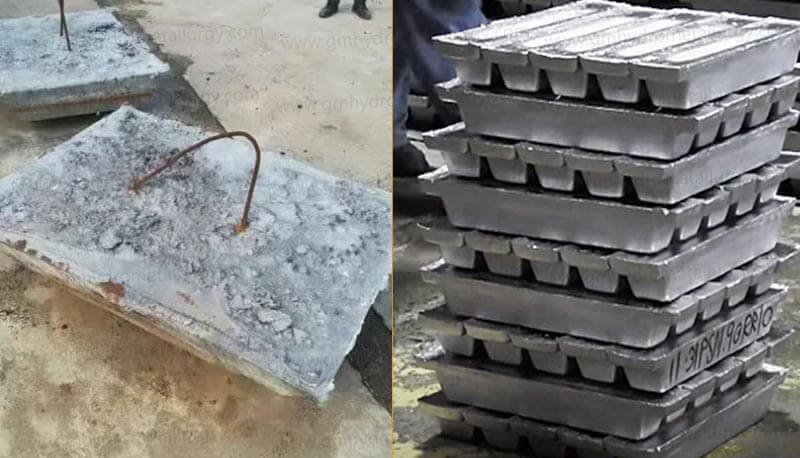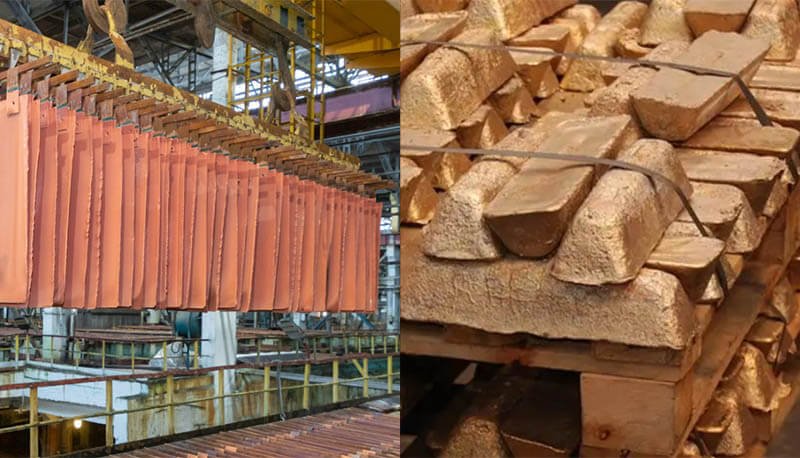Lithium Ion Battery Recycling Hydrometallurgy Introduction
Lithium-ion batteries are everywhere—from smartphones and laptops to electric vehicles and renewable energy storage systems. But here’s the catch: once these batteries reach their end-of-life, they can pose serious environmental threats. Recycling is no longer optional; it’s essential. Among the many recycling techniques, hydrometallurgy has emerged as a game-changer.
What is Hydrometallurgy?
Hydrometallurgy is a process that uses aqueous chemistry to extract metals from ores, concentrates, or recycled materials. Unlike pyrometallurgy (which uses high temperatures), hydrometallurgy relies on chemical solutions to dissolve valuable metals and then recover them in pure form.
Think of it like brewing coffee—the water extracts the “good stuff” (metals) from the solid material (spent battery components).
Why Recycling Lithium-Ion Batteries Matters?
Environmental protection: Prevents toxic metals like cobalt from leaching into soil and water.
Resource recovery: Extracts scarce metals that are expensive and limited in supply.
Economic advantage: Selling recovered materials reduces costs and supports local industries.
With global EV demand skyrocketing, recycling is the only way to secure a sustainable supply chain.
Hydrometallurgy in Lithium-Ion Battery Recycling
Hydrometallurgy is widely considered the most efficient method for recovering critical metals such as lithium, cobalt, and nickel. Unlike other methods, it ensures higher recovery rates with lower energy use and less environmental damage.
Steps in Hydrometallurgical Recycling
Collection and Preprocessing – Spent batteries are collected, discharged, and safely dismantled.
Mechanical Crushing and Separation – Batteries are shredded to obtain a “black mass” (a powder containing valuable metals).
Leaching Process – Acids or other chemicals dissolve metals from the black mass.
Solvent Extraction – Separates individual metals based on chemical affinity.
Precipitation and Crystallization – Converts dissolved metals into usable forms like lithium carbonate or cobalt sulfate.
Purification and Refining – Final polishing ensures high purity for reuse in new batteries.
Leaching Methods in Hydrometallurgy
Acid Leaching: Most common, using sulfuric or hydrochloric acid.
Alkaline Leaching: Suitable for selective metal recovery.
Biological Leaching: Uses microorganisms for an eco-friendly approach.
Metals Recovered from Hydrometallurgy
Lithium → lithium carbonate for new batteries.
Cobalt → cobalt sulfate for cathode production.
Nickel → nickel hydroxide, vital for high-energy batteries.
Manganese & Copper → supporting materials in electronics.
Hydrometallurgical vs Pyrometallurgical Recycling
Hydrometallurgy: Higher recovery rates, lower energy use, but more chemical management needed.
Pyrometallurgy: Faster, but energy-intensive and often loses lithium.
In short, hydrometallurgy is like a surgical tool—precise and efficient—while pyrometallurgy is more like a hammer, effective but less refined.
Challenges of Hydrometallurgical Recycling
Handling and disposal of chemical waste.
High operational costs compared to direct reuse.
Process optimization still in progress.
Recent Innovations in Hydrometallurgy
Green solvents to reduce toxic chemical use.
Closed-loop systems that recycle both chemicals and metals.
AI-driven separation improving efficiency and accuracy.
Global Market for Lithium-Ion Battery Recycling
The market is booming. With EV adoption accelerating, demand for cobalt, nickel, and lithium is projected to double by 2030. Countries like China, South Korea, and the EU are leading in hydrometallurgical advancements.
Hydrometallurgy and Circular Economy
Hydrometallurgy closes the loop by feeding recovered metals back into battery manufacturing. This reduces dependence on mining, lowers carbon footprints, and strengthens the circular economy model.
Case Studies of Hydrometallurgy in Action
Pilot plants in Europe and China already demonstrate recovery rates above 95%.
Lithium-ion battery recycling hydrometallurgy isn’t just a technical process—it’s a key piece in building a sustainable future. By recovering critical metals efficiently and reducing environmental harm, this method ensures that clean energy technologies truly remain clean.








